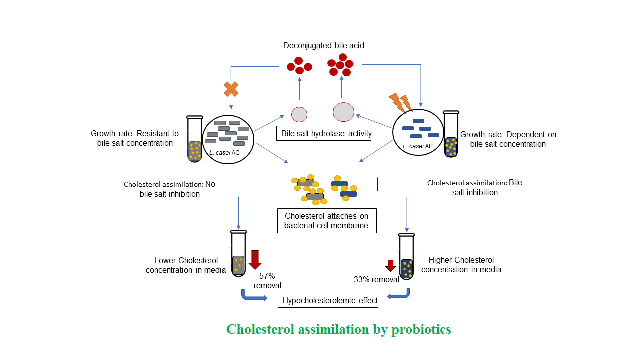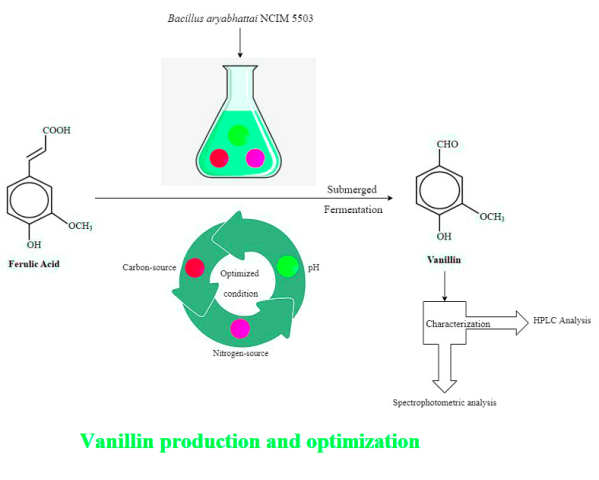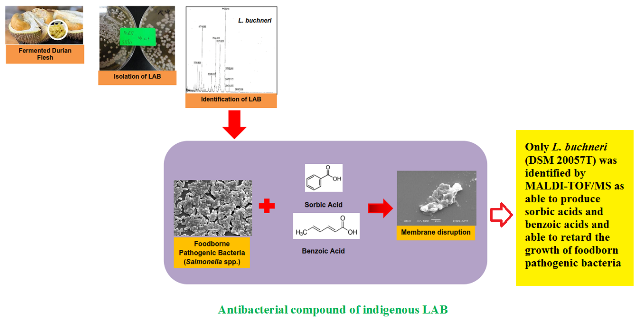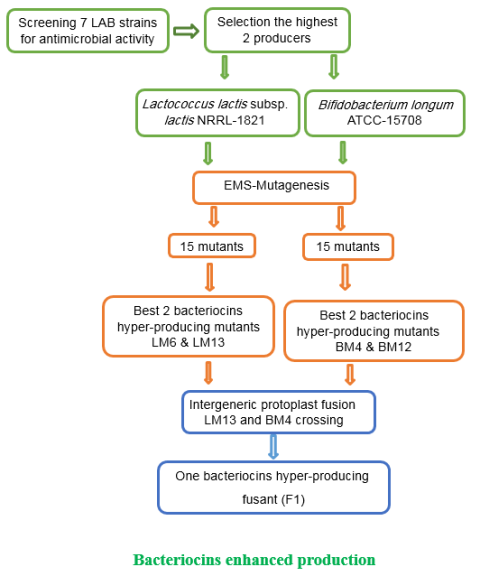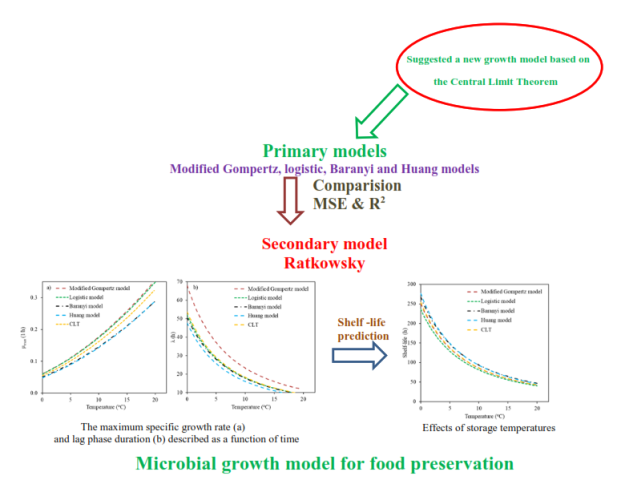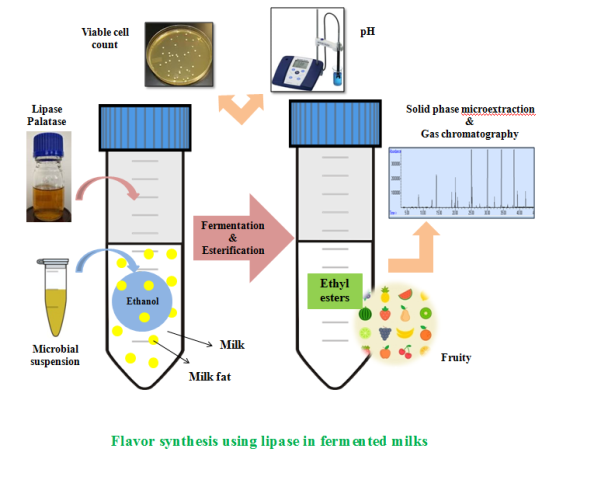Kocuria spp. in Foods: Biotechnological Uses and Risks for Food Safety
Applied Food Biotechnology,
Vol. 8 No. 2 (2021),
16 March 2021,
Page 79-88
https://doi.org/10.22037/afb.v8i2.30748
.png)
Background and objective:
Bacteria of the Genus Kocuria are found in several environments and their isolation from foods has recently increased due to more precise identification protocols using molecular and instrumental techniques. This review describes biotechnological properties and food-linked aspects of these bacteria, which are closely associated with clinical cases.
Results and conclusion:
Kocuria spp. are capable of production of various enzymes, being potentially used in environmental treatment processes and clinics and production of antimicrobial substances. Furthermore, these bacteria show desirable enzymatic activities in foods such as production of catalases and proteases. Beneficial interactions with other microorganisms have been reported on increased production of enzymes and volatile compounds in foods. However, there are concerns about the bacteria, including their biofilm production, which generates technological and safety problems. The bacterial resistance to antimicrobials is another concern since isolates of this genus are often resistant or multi-resistant to antimicrobials, which increases the risk of gene transfer to pathogens of foods.
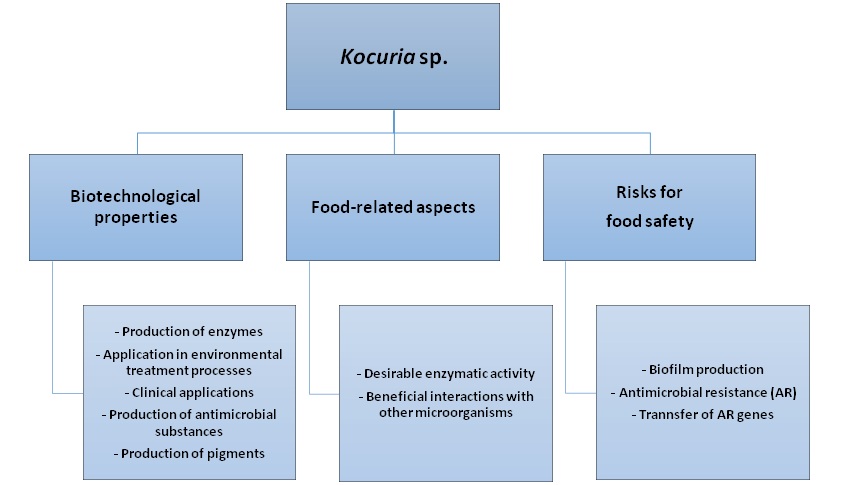

.png)
